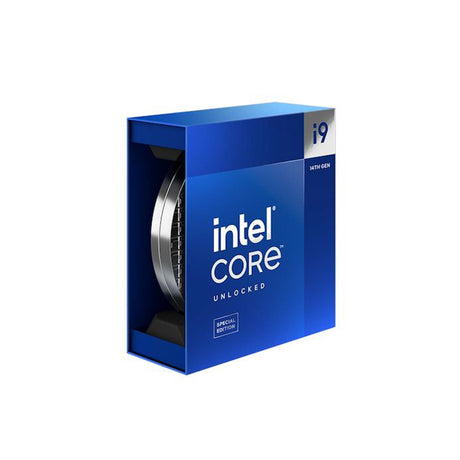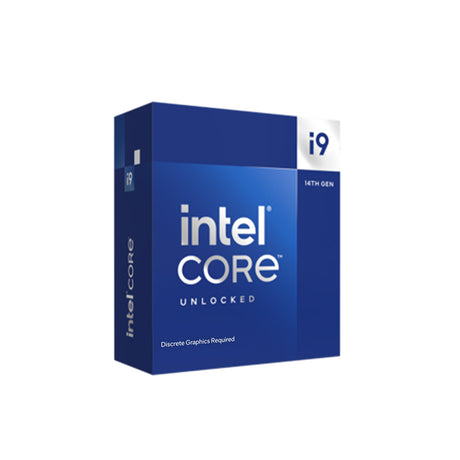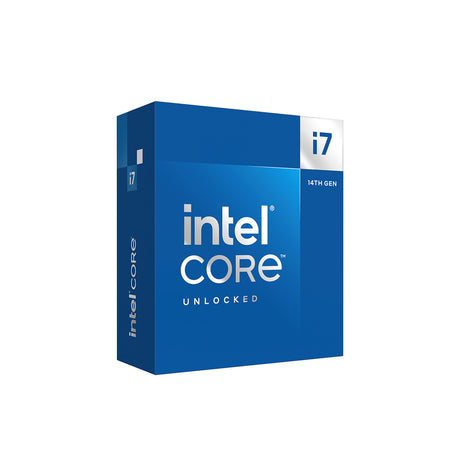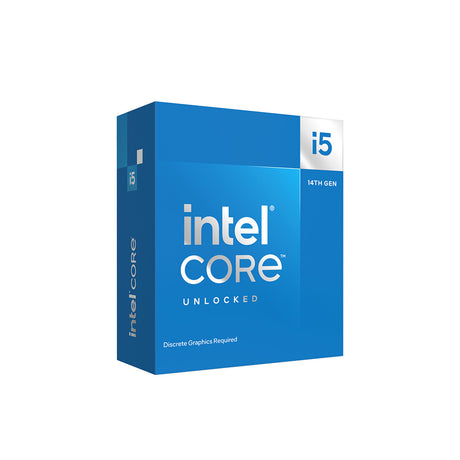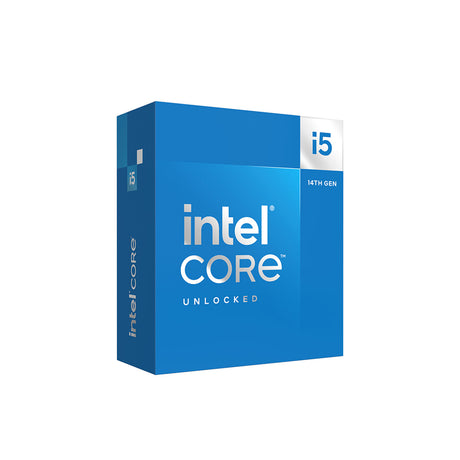When delving into the world of Intel processors, you're met with a plethora of specifications that can seem daunting at first. Terms like "Max Turbo Frequency" and "Intel® Thermal Velocity Boost Frequency" are crucial for gauging performance, yet they require a bit of unpacking. This guide aims to simplify these terms, ensuring you know exactly what speed you're getting with an Intel processor, specifically using the Intel 14900K as our example.
The Basics of Processor Speed
Processor speed is a key determinant of how quickly your computer can process data, directly influencing performance. It's measured in gigahertz (GHz), with a higher number indicating a faster processor. But there's more to it, thanks to Intel's array of performance-boosting technologies.
Intel Core-i9 14900K: A Benchmark for Performance
Before diving into the technicalities, let's consider the Intel 14900K processor, a powerhouse with 24 cores, 32 threads, and a variety of speeds tailored for different tasks:
- Total Cores: 24 (8 Performance-cores, 16 Efficient-cores)
- Total Threads: 32
- Efficiency Core Max Turbo Clock: 4.4 GHz
- Efficiency Core Base Clock: 2.4 GHz
- Max Turbo Frequency: 6 GHz
- Performance Core Max Turbo Clock: 5.6 GHz
- Performance Core Base Clock: 3.2 GHz
Decoding Processor Speed Terms
- Max Turbo Frequency (6 GHz): Imagine this as your processor's sprinting capability, it is the maximum single-core speed that is achievable under ideal conditions for short bursts. It enhances task completion speed but isn't sustainable for long due to heating and power use.
- Intel® Thermal Velocity Boost Frequency (6 GHz): This feature elevates the processor's frequency above the Max Turbo Frequency when the CPU is operating below its maximum temperature, thanks to an efficient cooling system, providing that there is turbo power budget available, allowing for short bursts of even higher performance.
- Intel® Turbo Boost Max Technology 3.0 Frequency (5.8 GHz): Identifies the processor's best-performing cores, boosting their speed beyond the standard Max Turbo Frequency for handling heavy loads more efficiently.
- Performance-core Max Turbo Frequency (5.6 GHz): Refers to the peak speed P- cores can achieve, essential for demanding tasks requiring high performance.
- Efficient-core Max Turbo Frequency (4.4 GHz): Indicates the maximum speed for E-cores, which, while not as fast as P-cores, enhance system efficiency and manage background tasks smoothly.
- Performance-core Base Frequency (3.2 GHz): The standard speed for P-cores, providing a reliable pace for everyday tasks without additional boosts.
- Efficient-core Base Frequency (2.4 GHz): The default speed for E-cores, focusing on efficiency over power, suitable for less intensive applications.
Understanding Through the Intel 14900K Example
The Intel 14900K exemplifies how these technologies and frequencies come together to offer a balanced mix of high performance and energy efficiency. Whether you're gaming, creating, or browsing, understanding these specifications can guide you to a processor that meets your specific needs.
In essence, the choice of processor should align with your usage patterns. With the detailed breakdown of the Intel 14900K's capabilities, you're now equipped to make an informed decision, balancing power, efficiency, and performance to suit your computing requirements.


